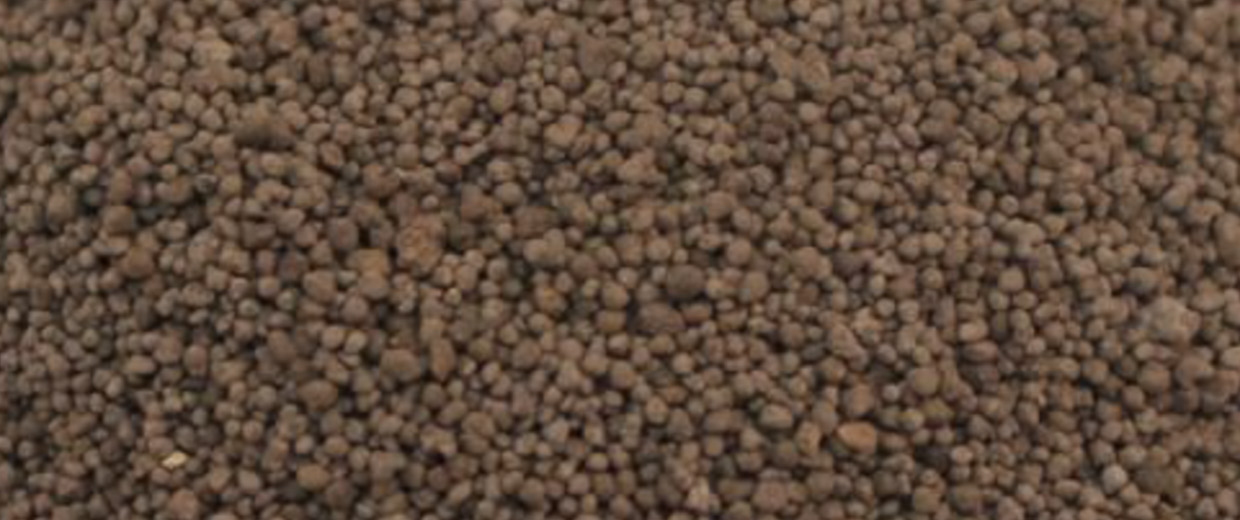Monoammonium Phosphate

Product Description
Analysis: most commonly 11-52-0, but also available in slightly varying analyses
Commonly known as MAP, monoammonium phosphate is one of the most commonly used fertilizers. It is manufactured by reacting 1 mole of phosphoric acid (produced from mined phosphate rock) with 1 mole of ammonia. The resulting slurry is solidified into a granular form.
Advantages:
- Blends well with most products
- Highest P concentration among standard dry fertilizers
- Provides added source of N, which is in a readily-available form for plant uptake
Drawbacks:
- Does not mix well with calcium products
Properties:
- Fairly hard granules available in various sizes (SGN)
- Water soluble
- Varying shades of brown, but can also be white
Application methods:
- Broadcast (surface-applied) or banded (adjacent to the seedbed)
- Used as stand-alone product or more commonly in blends with varying combinations of N, K and micronutrients
Availability
Available from various external sources




